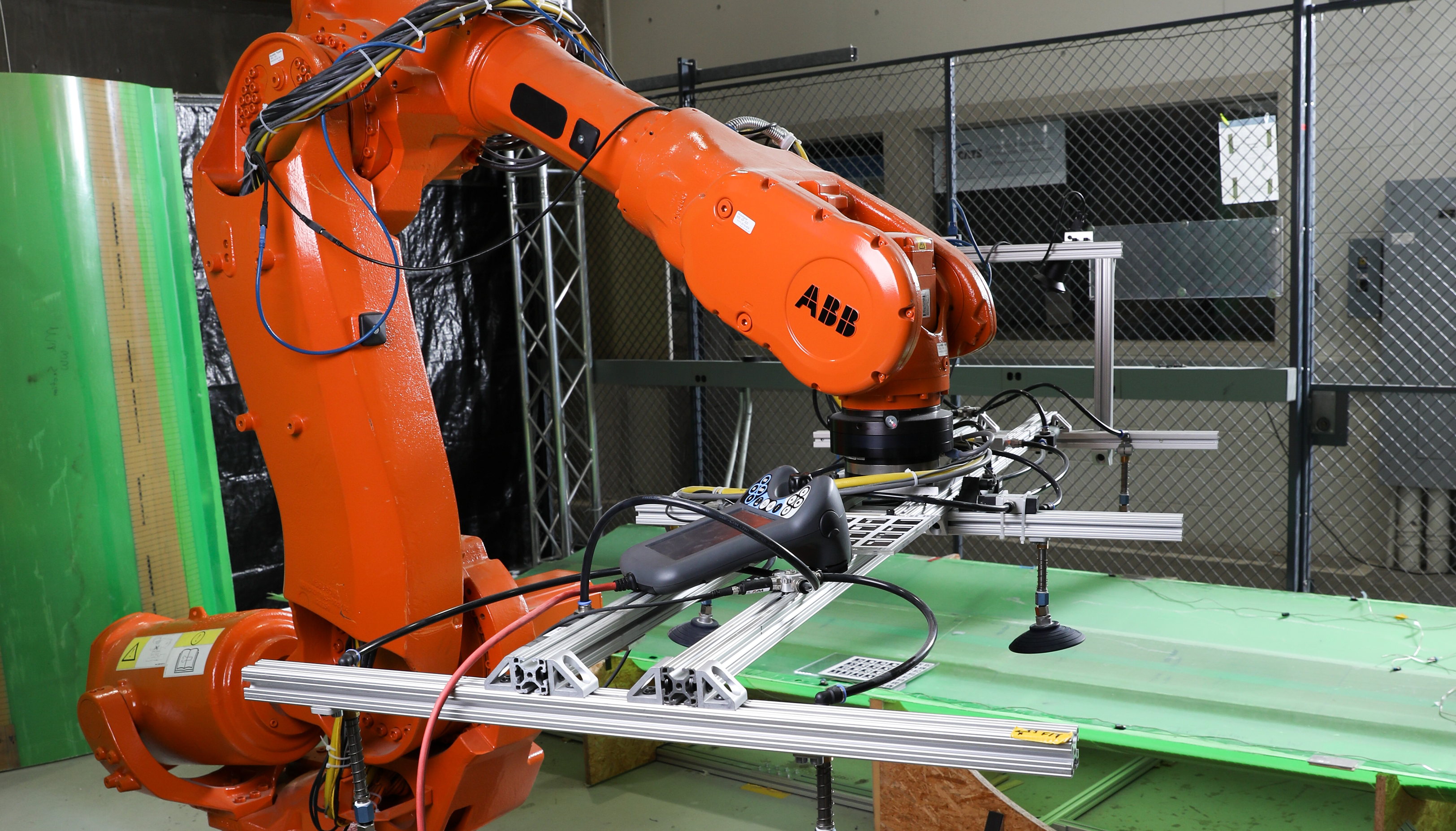By Mary Martialay
Rensselaer Polytechnic Institute hosts a Smart Manufacturing Innovation Center (SMIC), a regional extension of the national Manufacturing USA and Department of Energy-supported smart manufacturing initiative known as CESMII. The CESMII SMIC at Rensselaer is currently engaged in a project with industry partner Toward Zero to collect operational manufacturing process data from a broad variety of manufacturing equipment and make it available by way of a single seamless interface. Working together, the team has applied new technology from Toward Zero to capture data from legacy machinery in a way that will prove easy and repeatable for commercial manufacturers. Craig Dory, director of the SMIC, discusses the project:
Explain what you are trying to do in this project.
We are collecting operational data from a broad range of manufacturing systems into the CESMII Smart Manufacturing Innovation Platform (SMIP). Toward Zero is helping us connect to and collect data from a wide variety of manufacturing equipment. Our goal is to demonstrate how we can make manufacturing process data available from different manufacturing systems across the enterprise by way of a common and accessible data structure.
Describe your most recent success.
We recently began capturing data using a prototype smart manufacturing edge appliance developed by Toward Zero called Apogean. This is the first-ever use of such an edge appliance, and, going forward, Apogean will be used to connect to a broad range of modern and legacy manufacturing systems to capture and contextualize manufacturing process data.
What’s the benefit of capturing data from manufacturing machines?
With contextualized data about their manufacturing systems, manufacturers can make better decisions about how they employ their manufacturing processes. Access to contextualized data on what your machines are doing is the starting point for making smart decisions about your manufacturing processes. Once we can effectively monitor machinery by collecting rich operational data, we can also model their performance and predict outcomes, and even develop model-predictive control for “lights out” operations.
What kind of data can you capture?
There’s a huge breadth of information that we can capture and contextualize, something we couldn’t quickly, easily, or cost-efficiently do previously. For example, we can accurately capture the required inputs for overall equipment effectiveness (OEE), plus part counts, tool positions, spindle RPM, and state of machine and tools in use, which is critical analytical information we need from both modern and legacy machines. A high OEE means you’re manufacturing all good parts with no unplanned downtime, which is the gold standard. It’s hard to achieve, but helping manufacturers reach that standard is our goal.




